Daytronic 10A41-2C Bedienungsanleitung
Daytronic
Nicht kategorisiert
10A41-2C
Lies die bedienungsanleitung für Daytronic 10A41-2C (8 Seiten) kostenlos online; sie gehört zur Kategorie Nicht kategorisiert. Dieses Handbuch wurde von 3 Personen als hilfreich bewertet und erhielt im Schnitt 4.9 Sterne aus 2 Bewertungen. Hast du eine Frage zu Daytronic 10A41-2C oder möchtest du andere Nutzer dieses Produkts befragen? Stelle eine Frage
Seite 1/8

1 GENERAL DESCRIPTION AND SPECIFICATIONS
Employing a 1-MHz crystal reference, the two-channel Model 10A41-2C is for mea-
surement of flow, rpm, and other phenomena that can be sensed by pulse trans-
former transducers with two-wire isolated windings (tachometer pickups, turbine
flowmeters, etc.), transistor or logic-circuit drivers, “zero-velocity” (true digital output)
sensors, and similar
frequency-generating transducers.
The 10A41-2C accepts a wide range of wave shapes and voltage levels, either
grounded or floating—though it is not recommended for measuring frequencies under
25 Hz without special modification. The “Smart Schmitt” threshold level for each input
channel may be individually selected via internal jumper connections, depending on
the expected peak voltage input. This ensures reliable triggering when the input is at
the low end of the voltage range. All ranges are protected against an overload of up
to 200 V. Nominal ±5 V-DC excitation is supplied for use with a “zero-velocity” sensor.
Capacitive coupling of 0.1 or 22 µF is provided for low-frequency inputs, to eliminate
false triggering by signal noise and/or any positive or negative DC offset that exists for
the frequency signal.
One of four separate filter bandwidths is available for each input channel: 1.25 Hz;
2.5 Hz; 5 Hz; or 12.8 Hz. Per-channel bandwidth is selectable via internal jumpers.
Each channel is normally preset for the 1.25-Hz bandwidth, which, while yielding the
slowest response, also provides the
widest dynamic range for high-frequency inputs
(2% to 100% of full scale for the 1-kHz and 2-kHz ranges; 1% to 100% of full scale for
ranges above 2 kHz). For faster response, you may select one of the higher filter
bandwidths (see Table 1, below).
The System 10 Central Processor controls frequency-range selection and applies an
appropriately calculated scaling factor to each measurement, if desired, following initial
entry of a special
FREQUENCY CALIBRATION (FRQ) command (see Section 3.c,
below). This convenient “calculated” calibration technique can be used for a 10A41-2C
data channel when the manufacturer-supplied full-scale rating of the frequency source
(or the highest frequency expected to be measured) is known. The 1-MHz crystal fre-
quency reference ensures accuracy of all calibrations, whether “absolute,” “calculated”
(via the
FRQ command), or “two-point” (“dead-weight”).
ADDITIONAL 10A41-2C SPECIFICATIONS
Input:
Type: Any AC or unipolar pulse signal, grounded or floating, irrespective of waveform
Threshold Level: Accommodates signals from 100 mV to 200 V
(cont’d)
MODEL 10A41-2C
DUAL FREQUENCY INPUT
CONDITIONER CARD
GENERAL DESCRIPTION AND SPECIFICATIONS 10A41-2C.1
SYSTEM 10
ANALOG INPUT CARDS
1.E.2.10A41-2C

Frequency Ranges: From 10% to 100% of 250, 500, 1000, 2000, 4000, 8000, 16000, or
32000 Hz; automatically selected—on an individual channel basis—when the channel is
configured;
for the System 10 channel “type” codes assigned to 10A41-2C data
channels, see Table 2, below
Excitation: Nominal 10 (i.e., ±5) V-DC; ±50 mA, maximum
Measurement Characteristics (per channel):
Normal-Mode Range
: ±200 V operating and without instrument damage
Common-Mode Range: ±50 V operating; ±100 V, without instrument damage
Common-Mode Rejection Ratio: At 60 Hz and 1 kHz: -60 dB
Input Impedance: Differential: 400 kΩ; Common-Mode: 100 kΩ
Offset: Initial: ±0.05% of full scale; vs.Temperature: ±25 ppm/°C; vs.Time: ±20 ppm/month
Gain Accuracy: ±0.02% of full scale
Gain Stability: vs. Temperature: ±25 ppm/°C; vs. Time: ±20 ppm/month
Ripple and Noise: Readings are within the stated accuracy from 10% to 100% of the fre-
quency range in use
Filter (per channel): 3-pole modified Butterworth; see Table 1, below
Auxiliary Output: Filtered outputs available on mainframe wire-wrap pins
Table 1 Model 10A41-2C Analog Filter Characteristics
Step-Response Settling Time
(Full-Scale Output)…
10A41-2C Response Response to 1% of to 0.1% of
Bandwidth at -3 dB at -52 dB final value final value
No. 1 1.25 Hz 12.5 Hz 770 msec 1100 msec
No. 2 2.5 Hz 25 Hz 375 msec 580 msec
No. 3 5 Hz 50 Hz 172 msec 275 msec
No. 4 12.8 Hz 128 Hz 55 msec 100 msec
Table 2 10A41-2C “Type” Codes
Full-Scale Channel
Range Type Code
250 Hz 40
500 Hz 41
1000 Hz 42
2000 Hz 43
4000 Hz 44
8000 Hz 45
16000 Hz 46
32000 Hz 47
2 TRANSDUCER CONNECTIONS
2.a STANDARD CABLING
The Model 10A41-2C’s I/O CONNECTOR mates with Daytronic CONDITIONER CON-
NECTOR No. 60322, shown in Fig. 1.5 (in Manual Section 1.E.1). Fig. 1(a) shows rec-
ommended cabling for an
intrinsically grounded transistor or logic-circuit driver; Fig.
1(b) for a
pulse transformer transducer with two-wire isolated windings (tachometer,
turbine flowmeter, etc.); and Fig. 1(c) for a
“zero-velocity” (true digital output) sensor
requiring 10-V excitation
. Table 3 gives standard pin assignments for the I/O Connec-
tor.
10A41-2C.2 TRANSDUCER CONNECTIONS
10A41-2C DUAL FREQUENCY CARD
Produktspezifikationen
| Marke: | Daytronic |
| Kategorie: | Nicht kategorisiert |
| Modell: | 10A41-2C |
Brauchst du Hilfe?
Wenn Sie Hilfe mit Daytronic 10A41-2C benötigen, stellen Sie unten eine Frage und andere Benutzer werden Ihnen antworten
Bedienungsanleitung Nicht kategorisiert Daytronic

7 September 2025

7 September 2025

7 September 2025
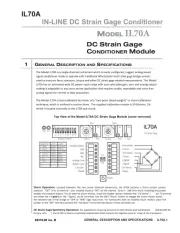
7 September 2025
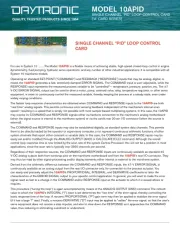
7 September 2025

7 September 2025
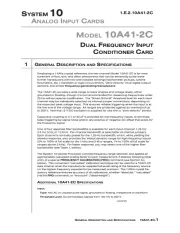
7 September 2025

7 September 2025

7 September 2025
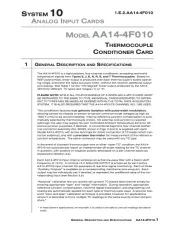
7 September 2025
Bedienungsanleitung Nicht kategorisiert
- Teradek
- Bxterra
- Enviroswim
- PUQpress
- Heissner
- Sangean
- Gabor
- Bretford
- AeroCool
- Scytek
- 909 Outdoor
- Mebby
- Singularity Computers
- JCB
- Advance
Neueste Bedienungsanleitung für -Kategorien-
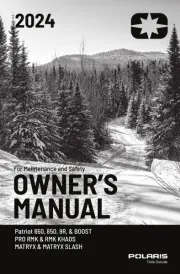
7 September 2025
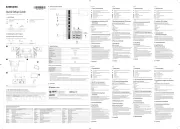
7 September 2025
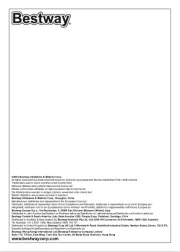
7 September 2025
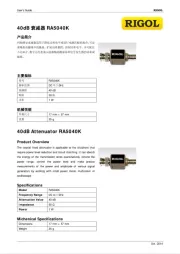
7 September 2025
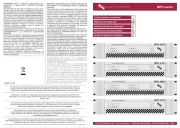
7 September 2025
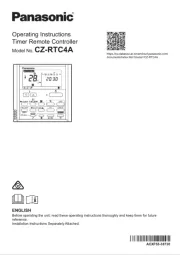
7 September 2025
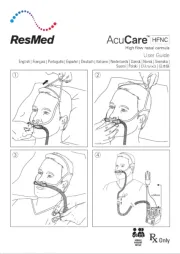
7 September 2025

7 September 2025
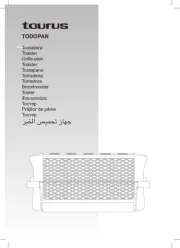
7 September 2025
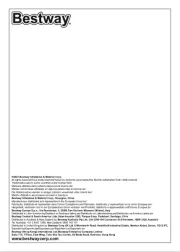
7 September 2025